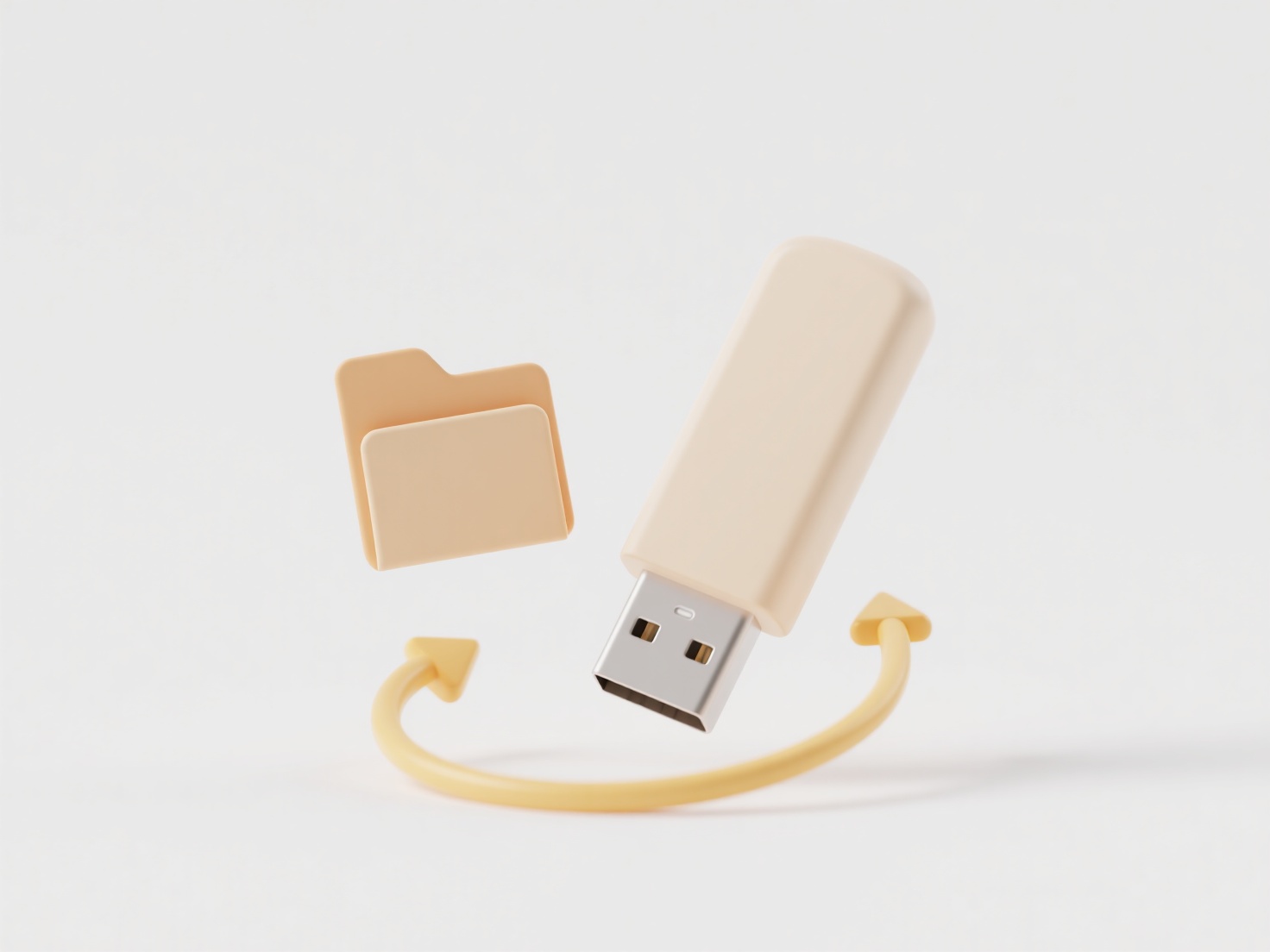
File formats define how data is stored within a file, specifying its structure, encoding, and interpretation rules. File extensions are the suffixes (like .docx or .jpg) appended to filenames, primarily serving as user and operating system hints about the expected file format. The extension acts like a label pointing to a specific format, helping software correctly identify how to process the file's content. However, the extension is just a convention; the actual data structure inside the file determines its true format.

For example, renaming a .txt (plain text) file to .jpg won't magically turn it into a valid image; photo editing software will fail to open it. Conversely, a professional photographer might save a high-quality image using the .tiff format instead of .jpg, relying on the extension to signal the lossless compression type used. Applications like Microsoft Word (.docx) or image viewers use the extension as the first cue to launch the appropriate program for the underlying format.
The key advantage of extensions is user-friendliness and system interoperability, allowing quick visual identification and automatic file association. A major limitation is that extensions can be misleadingly changed; a harmful .exe program renamed to .pdf presents a security risk. Future developments focus on more robust internal file signatures for accurate identification, reducing reliance on potentially spoofable extensions.
How do file formats and extensions relate?
File formats define how data is stored within a file, specifying its structure, encoding, and interpretation rules. File extensions are the suffixes (like .docx or .jpg) appended to filenames, primarily serving as user and operating system hints about the expected file format. The extension acts like a label pointing to a specific format, helping software correctly identify how to process the file's content. However, the extension is just a convention; the actual data structure inside the file determines its true format.

For example, renaming a .txt (plain text) file to .jpg won't magically turn it into a valid image; photo editing software will fail to open it. Conversely, a professional photographer might save a high-quality image using the .tiff format instead of .jpg, relying on the extension to signal the lossless compression type used. Applications like Microsoft Word (.docx) or image viewers use the extension as the first cue to launch the appropriate program for the underlying format.
The key advantage of extensions is user-friendliness and system interoperability, allowing quick visual identification and automatic file association. A major limitation is that extensions can be misleadingly changed; a harmful .exe program renamed to .pdf presents a security risk. Future developments focus on more robust internal file signatures for accurate identification, reducing reliance on potentially spoofable extensions.
Quick Article Links
How do I organize files when collaborating across time zones?
Organizing files for cross-timezone collaboration involves structuring shared digital assets so team members can efficie...
How do I export a resume for job applications?
Exporting a resume involves converting your resume document from its original file format (where you edit it, like .DOCX...
Can I integrate renaming into my file workflow?
Renaming integration refers to automating file name changes within an existing file management process, rather than perf...